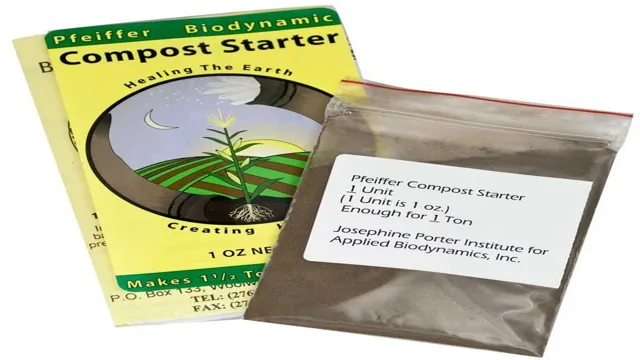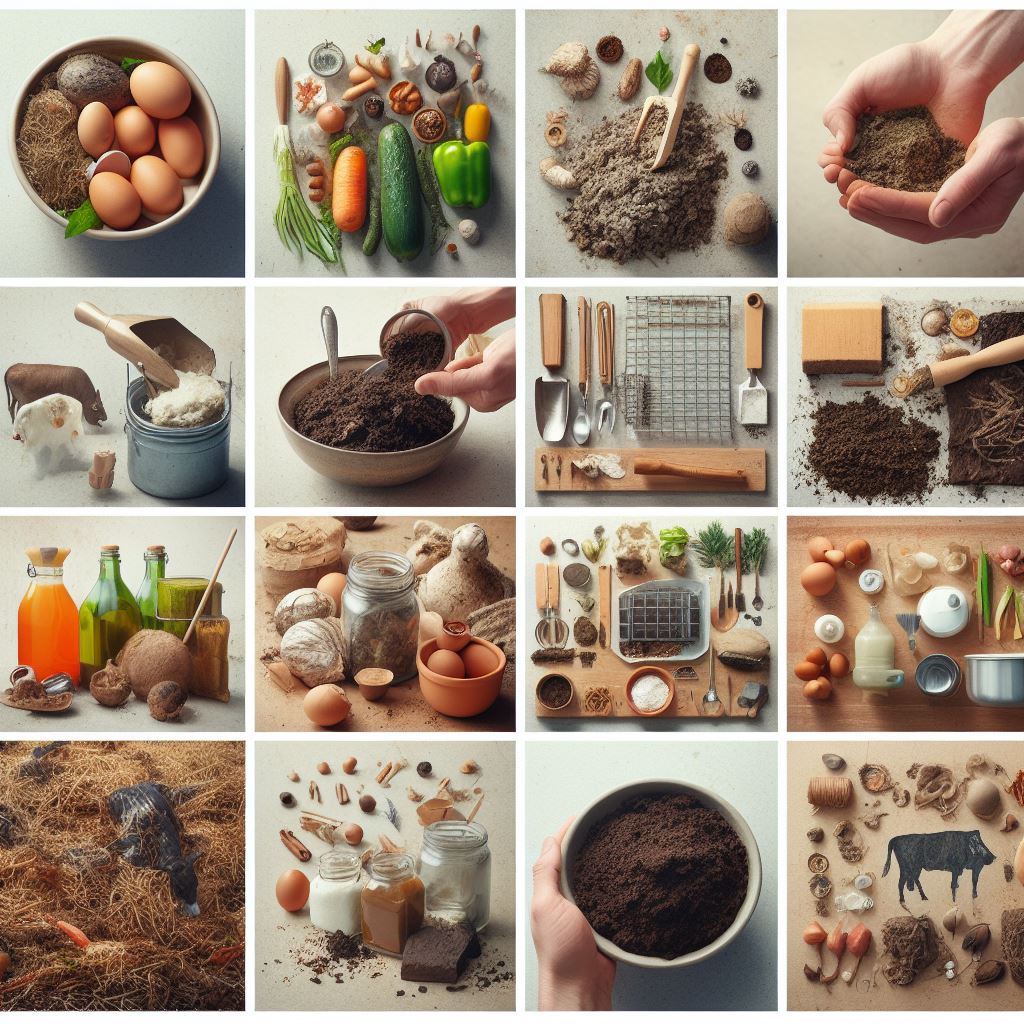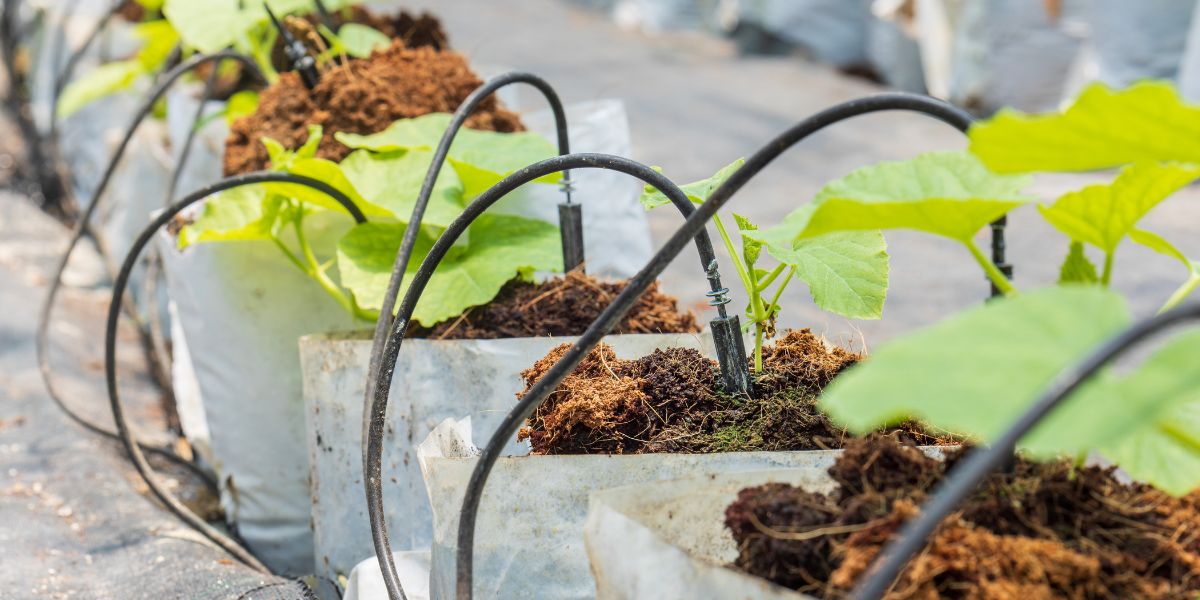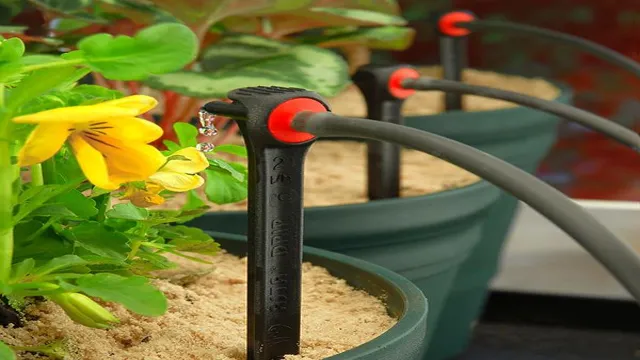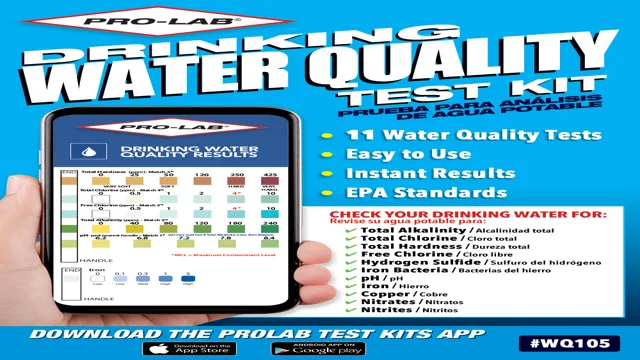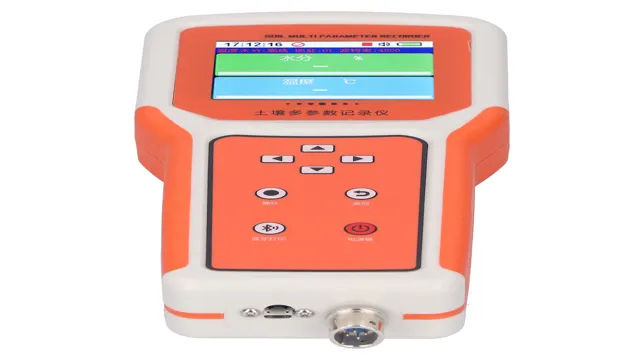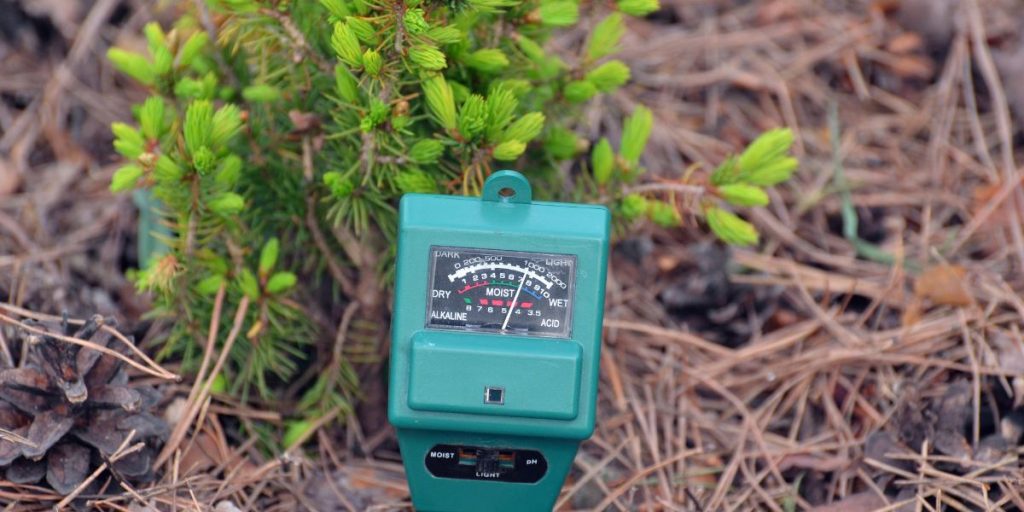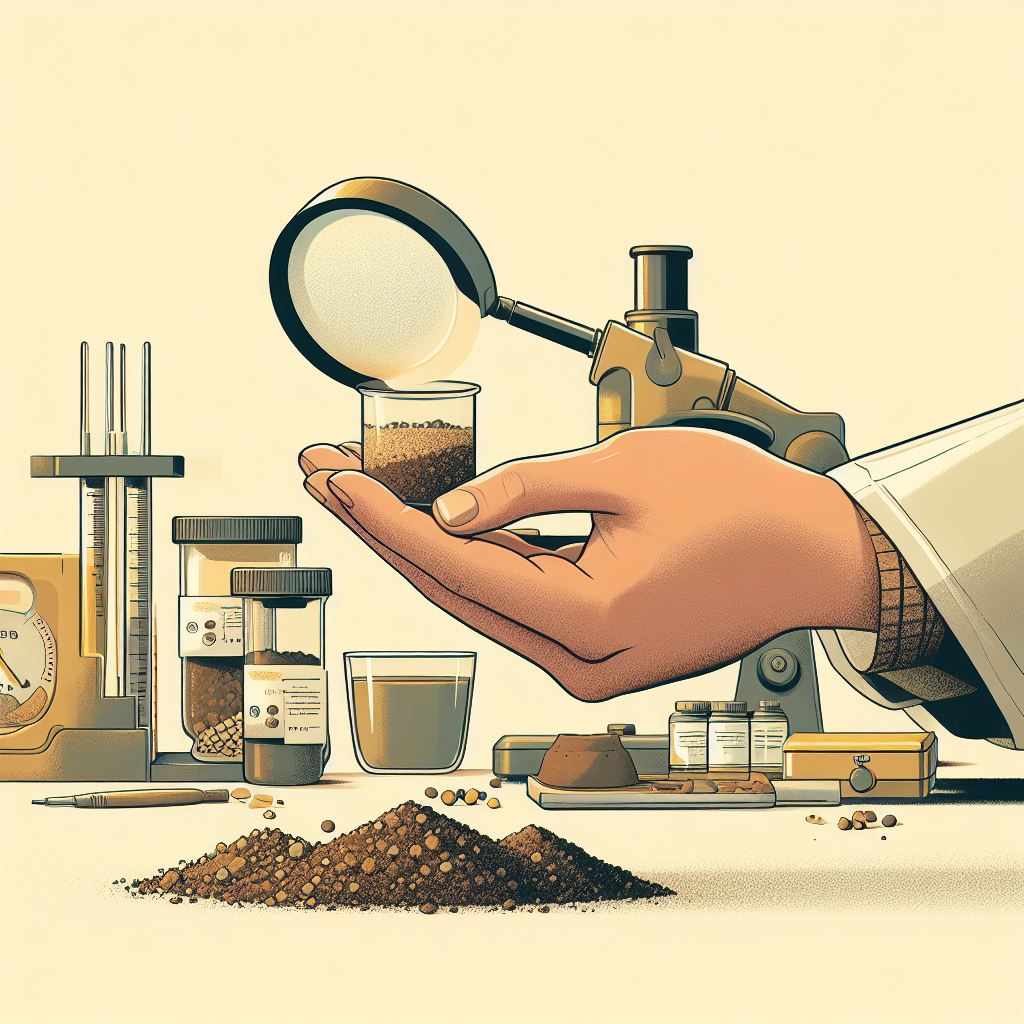In an ever-evolving world where consumer awareness and demands are increasing, understanding produce labeling machines becomes an essential aspect for businesses in the food industry. Comprehending the intricacies of these machines not only ensures the delivery of high-quality products but also boosts the efficiency of your production line. In this blog post, we will peel back the layers of complexity surrounding produce labeling machines, highlighting their pivotal role in your business success.
We will dive into the nuances of various labeling technologies, their applications, and how they can revolutionize your brand’s packaging strategy. Whether you are a startup looking for insights into product labeling or an established company aiming to enhance your production line, this guide will offer valuable insights to help you navigate the competitive landscape of the food industry.
The Basics of Labeling Machines
Section Title: Understanding the ABCs of Produce Labeling Machines In the vast universe of product packaging and labeling, produce labeling machines hold a position of paramount importance. These mechanical maestros are the unsung heroes, ensuring that every piece of fruit and vegetable in your supermarket aisle is appropriately tagged and labeled. But what exactly are these machines? What hides beneath their steel exterior? Produce labeling machines are specially designed devices that apply labels to a wide variety of fruits and vegetables.
Think of them as diligent artists, meticulously putting the finishing touches on every apple, pear, or tomato that passes through their assembly line. These machines don’t just slap on any label; they follow specific guidelines related to size, positioning, and even the type of adhesive used. The labels applied by these machines carry essential information such as product name, origin, weight, price, and barcodes for inventory management.
In essence, these labeling machines are the mouthpieces of the produce, telling consumers everything they need to know before making a purchase. However, it’s not all about information. The aesthetic appeal is also a crucial factor.
A misaligned or poorly applied label can be a major turn-off for customers, reflecting negatively on the product’s quality. Therefore, the precision and accuracy of produce labeling machines play a crucial role in this process. Given their essential role, it’s safe to say that produce labeling machines are the unsung heroes of the food industry.
They work tirelessly behind the scenes, making sure that every piece of produce is ready for its supermarket debut. So, the next time you pick up a beautifully labeled apple or a meticulously tagged tomato, spare a thought for these mechanical marvels.
Defining Labeling Machines
“Labeling Machines: The Unsung Heroes of Product Identification” Imagine a world where everything is nameless, devoid of identity. That’s where labeling machines come to the rescue. These meticulous machines, specifically produce labeling machines, are the silent maestros behind the scenes, ensuring every piece of produce in your grocery store is appropriately tagged.
They delicately, yet rapidly, adhere labels onto fruits and vegetables, providing vital information like origin, price, and variety. They are the linchpin in the system, ensuring products are traceable, organized, and properly presented. Thanks to the precision and efficiency of these machines, your shopping experience is streamlined.
Now, isn’t that a tale worth peeling back?
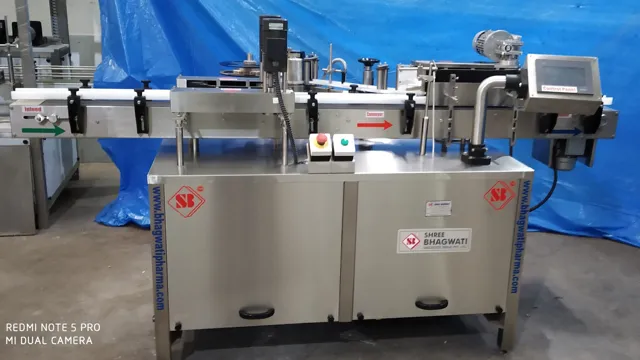
Importance of Labeling in Produce
In the world of produce, the role of labeling cannot be overstated. It’s akin to the DNA of fruits and vegetables, providing customers with critical information such as origin, nutritional data, and expiration dates. Produce labeling machines, therefore, are the unsung heroes in this narrative.
These machines ensure accuracy, efficiency, and legibility, making sure that every apple, orange, or broccoli you pick up at the store communicates its story clearly. In essence, produce labeling machines are the bridge connecting farm-fresh goodness to informed consumers, making them an indispensable tool in the agri-business sector.
Types of Produce Labeling Machines
In the realm of the agriculture industry, produce labeling machines have become indispensable assets. These innovative devices ensure that each piece of produce is accurately and efficiently labeled, playing a crucial role in inventory management, pricing, and traceability. There are essentially three types of produce labeling machines that have been making waves in the market.
The first type is the semi-automatic labeling machine. As the name suggests, this machine requires some manual intervention. It is ideal for small to medium-sized businesses, where the volume of produce is not excessively high.
The second type is the fully automatic labeling machine. This machine is a technological marvel, capable of labeling vast quantities of produce with minimal human involvement. It is perfect for large-scale operations where efficiency and speed are of the essence.
The third type of produce labeling machine is the print and apply machine. This machine is unique in that it prints and applies labels in one fluid motion, eliminating the need for separate processes. This machine is an excellent choice for businesses seeking to streamline their operations and improve productivity.
In conclusion, produce labeling machines are pivotal to the smooth running of any agricultural business, whether small or large scale. The type of machine chosen will inevitably depend on the size of the operation and the specific needs and goals of the business.
Manual Labeling Machines
Manual produce labeling machines have revolutionized the agricultural industry, providing an efficient, cost-effective solution for labeling fresh produce. These machines have masterfully combined technology and human effort to ensure precise and accurate labeling, thereby enhancing product visibility and traceability. The magic lies in their ability to handle various label sizes and types, catering to a plethora of produce.
They are the unsung heroes that work behind the scenes, ensuring that every apple, banana, or cabbage that reaches your kitchen has been appropriately labeled. Indeed, manual produce labeling machines are an exemplary testament to the blend of innovation and manual dexterity.
Automatic Labeling Machines
In the dynamic world of product labeling, automatic produce labeling machines have emerged as game-changers. These innovative machines have revolutionized the way businesses operate, offering precision, speed, and efficiency in labeling a myriad of produce. They are the unsung heroes, diligently working behind the scenes, to ensure every fruit or vegetable flaunts a perfectly placed, informative label.
With their ability to handle high volumes and adapt to various shapes and sizes, these machines are the epitome of versatility. Discover the fascinating world of automatic produce labeling machines, where every label is a testament to technological prowess and operational efficiency.
Semi-Automatic Labeling Machines
Semi-automatic produce labeling machines are the unsung heroes of the packaging world. These innovative devices operate with razor-sharp precision, affixing labels to various types of produce with relentless efficiency. The beauty of these machines lies in their perfect blend of human control and automated functionality.
They provide the speed and consistency of a fully automated system, yet allow for the personal touch and oversight of a human operator. This synergy makes semi-automatic produce labeling machines an indispensable asset for businesses seeking to streamline their packaging processes while ensuring top-notch quality and accuracy.
Features of Effective Labeling Machines
Effective labeling machines, such as produce labeling machines, serve as a critical component in the supply chain, enhancing productivity, efficiency, and accuracy. Let’s delve into some of the key features that make these machines an exceptional addition to any production line. Firstly, the speed of the labeling machine plays a fundamental role in maintaining the smooth flow of the supply chain.
High-speed produce labeling machines ensure that each product is accurately labeled in a short amount of time, hence boosting the production rate. Secondly, the versatility of labeling machines cannot be understated. These machines can handle a wide array of labels, varying in shapes, sizes, and materials, making them suitable for different types of produce.
Another crucial feature is the accuracy and precision of these machines. An effective labeling machine ensures that there is minimal wastage of labels and guarantees precise placement, thus eliminating the chances of mislabeled products. Lastly, the durability and reliability of the labeling machines contribute significantly to their effectiveness.
They are designed to withstand the rigors of the production environment, ensuring longevity and consistent performance. In conclusion, when selecting a produce labeling machine, it is imperative to consider these features. By doing so, you can enhance efficiency, reduce wastage, and ultimately, boost your bottom line.
Ease of Use
“Produce labeling machines are the unsung heroes of the food industry, ensuring that every item is accurately and efficiently labeled for consumer convenience. With their unmatched precision and speed, they streamline the entire labeling process, making it as effortless as biting into a crisp apple. They are designed with user-friendly interfaces, making them a breeze to operate.
But don’t be fooled by their simplicity; these machines are powerhouses, capable of handling high-volume labeling tasks. So, for businesses seeking to enhance productivity without compromising on accuracy, produce labeling machines are the perfect pick. They combine efficiency, ease of use, and reliability into one neat package.
Label Accuracy
In the world of product packaging, label accuracy is a non-negotiable aspect. Produce labeling machines play a pivotal role in ensuring this accuracy, providing a seamless blend of technology and efficiency. These machines are the unsung heroes behind every correctly labeled item in your grocery cart.
Not only do they ensure precision, but they also boost productivity by automating the labeling process, thereby saving time and reducing human errors. In a nutshell, produce labeling machines are the linchpin in the packaging industry, where label accuracy is paramount.
Choosing Your Labeling Machine
Selecting the Perfect Labeling Machine for Your Produce Business Whether you operate a small farm or a large-scale produce distribution center, one of the most crucial aspects of your operations is labeling. The right produce labeling machines can revolutionize your business by improving efficiency, ensuring accuracy, and maintaining compliance with all relevant regulations. Firstly, you need to identify your needs and goals.
Are you aiming for rapid output for high-volume products, or are you more focused on precision labeling for a variety of items? Once you’ve established your priorities, you can start exploring the vast array of produce labeling machines available in the market. Manual machines might be suitable for small-scale operations, while semi-automatic ones could offer a balance between speed and control. If you’re dealing with high volumes, fully automatic models could be the answer.
They’re designed to handle significant quantities swiftly and accurately, reducing manual labor and boosting productivity. Consider the type of labels you’ll be using. If you’re employing simple sticker labels, a basic model might suffice.
However, if you’re using more complex labels that include barcodes or nutritional information, you’ll need a machine capable of printing and applying these. Also, consider the shape and size of your produce. Different machines are designed to handle different product dimensions and shapes.
It’s crucial to ensure that your chosen machine can accommodate your specific products. Finally, factor in durability and maintenance. Quality produce labeling machines are an investment.
opts for a machine that’s built to last and is backed by a solid warranty. Also, consider the ease of maintenance. A machine that’s easy to clean and service will save you time and money in the long run.
Conclusion
In the grand theater of commerce, the unsung heroes are often the machines that labor behind the scenes, ensuring that the show goes on flawlessly. Among these, the produce labeling machines stand as silent maestros, conducting an orchestra of information, precision, and efficiency. These machines are the invisible ink on every apple, the secret signature on every orange, serving up data and details with a side of wit and wisdom.
They are the modern-day heralds of health, whispering nutritional secrets into the ears of the consumers. But remember, behind every crisp barcode and every neat label, there’s a diligent produce labeling machine working tirelessly, proving that sometimes, it’s not just what’s on the inside that counts, but also what’s stuck on the outside.
Frequently Asked Questions [FAQs]
What are the key features to look for in produce labeling machines?
Some key features to look for in produce labeling machines include high-speed labeling capability, easy operability, durability, and compatibility with different label sizes and types. It should also be easy to clean and maintain.
Are there different types of produce labeling machines available in the market?
Yes, there are various types of produce labeling machines available in the market. These include automatic labeling machines, semi-automatic labeling machines, and manual labeling machines. The choice of machine depends on your production scale and budget.
How does an automatic produce labeling machine work?
An automatic produce labeling machine applies labels to the produce without requiring manual intervention. The produce is fed into the machine, and sensors detect their presence to trigger the application of labels. The labels are then firmly pressed onto the produce to ensure they stay in place.
Can produce labeling machines handle different types of labels?
Yes, most produce labeling machines can handle different types of labels like paper labels, polyester labels, foil labels, and more. However, it’s essential to check the specifications of the machine before purchasing.
What are the benefits of using produce labeling machines?
Produce labeling machines can greatly increase efficiency and accuracy in labeling. They can handle large volumes of produce, reduce manual labor, decrease errors that may occur with manual labeling, and enhance the professional appearance of your products.
Are produce labeling machines easy to maintain?
Yes, most produce labeling machines are designed for easy maintenance. They often come with user-friendly interfaces and easy-to-follow maintenance guides. However, the exact maintenance requirements may vary depending on the machine model and manufacturer.





